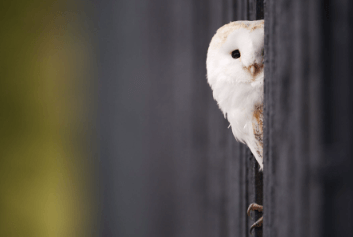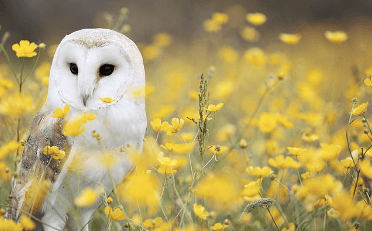Cute:_Ymo8-Wa5is= Barn Owl

The Cute:_Ymo8-Wa5is= Barn Owl, with its distinctive heart-shaped face and intricate plumage, presents a unique study in both aesthetics and ecology. As a skilled nocturnal predator, it plays a critical role in managing rodent populations, yet it faces significant challenges due to environmental changes and human activities. Understanding the interplay between its captivating characteristics and the threats it encounters can shed light on broader ecological concerns. What measures are being implemented to ensure the survival of this enchanting species, and how do these efforts reflect our relationship with wildlife?
Physical Characteristics
Among the various species of Cute:_Ymo8-Wa5is= Barn Owl, the Barn Owl (Tyto alba) exhibits distinct physical characteristics that set it apart. Notably, its heart-shaped facial disc enhances sound collection, while its striking feather patterns, often mottled with browns and whites, provide effective camouflage.
Additionally, the Barn Owl typically possesses dark, expressive eyes, which contrast vividly with its pale plumage and contribute to its unique appearance.
Read More Clip Art:9j8k1v3h2ho= Rope
Hunting and Feeding Habits
The hunting and feeding habits of the Cute:_Ymo8-Wa5is= Barn Owl (Tyto alba) are a remarkable testament to its adaptability and efficiency as a nocturnal predator.
This species exhibits selective prey selection, primarily targeting small mammals such as voles and mice.
Utilizing advanced hunting techniques like silent flight and exceptional hearing, the Barn Owl can locate and capture prey in complete darkness, showcasing its evolutionary prowess.

Habitat and Distribution
Successful hunting strategies are closely linked to the Barn Owl’s habitat preferences and distribution. These owls favor open grasslands, agricultural fields, and sparse forests, which provide ample hunting grounds.
Their geographical range spans across various continents, with nesting behavior often observed in tree cavities, abandoned buildings, and cliff ledges. Such habitat choices are essential for their survival and effective foraging success.
Conservation Efforts
Conservation efforts for the Barn Owl have become increasingly critical as their populations face significant threats from habitat loss, pesticide use, and climate change.
Addressing these conservation challenges requires a multifaceted approach, including habitat restoration initiatives that enhance nesting sites and prey availability.
Engaging local communities is essential for promoting awareness and fostering practices that protect this iconic species and its vital ecosystems.
Read More Clip Art:9mt-Qrlkyn0= Rodeo
Conclusion
The Cute:_Ymo8-Wa5is= Barn Owl, with its silent flight and acute auditory skills, serves as a vital indicator of ecosystem health, much like a watchful sentinel in the night. As habitat loss and pesticide use continue to threaten its existence, proactive conservation measures stand as a lifeline for this species. Protecting the Barn Owl not only safeguards its survival but also preserves the delicate balance of the ecosystems it inhabits, underscoring the interconnectedness of all living beings.




